Featured Panoramic Photo Above:
Classic Charles Conlon photo of Ty Cobb sliding into Jimmy Austin
Baseball History Comes Alive Now Ranked As a Top Five Website by Feedspot Among All Baseball History Websites and Blogs!
(Check out Feedspot's list of the Top 35 Baseball History websites and blogs)

Guest Submissions from Our Readers Always Welcome! Click for details
Subscribe to Old Baseball Photos and Essays for automatic updates (sign-up block found in right side-bar)
As a Free Bonus for subscribing, you’ll get instant access to my two Special Reports: Memorable World Series Moments and Gary’s Handy Dandy World Series Reference Guide!
Pie Traynor Photo Gallery
Click on any image below to see photos in full size and to start Photo Gallery:
Today is “National Pi Day!”
Mathematics and Baseball Have A Surprising Connection!
(And leave it to the clever Paul Doyle to tell us about it!)
When is a pi(e) square? Well, in the mathematic world. Yes, the math constant of Pi, 3.14, is celebrated every March 14th. In baseball, there was a “constant” at third base for the Pittsburg Pirates from 1920 to 1937. He went by the name of “Pi,” although he spelled it “Pie.” I’m talking about Pie Traynor. And although he was born on November 11th, he passed away on a March 16th, just two days past National Pi Day, hopefully not eating too much pi(e)!
Pie Traynor had more impressive numbers than his namesake (Pi = 3.14), with a lifetime batting average of .320 over his 17-year career. He collected 2416 hits, 1273 RBIs, 58 home runs, and an impressive .362 on-base percentage. He was twice an All-Star, which doesn’t sound like much, but the All Star game didn’t become the brainchild of baseball writer Arch Ward until 1933, and Traynor’s playing career was well past its prime. He retired after the 1937 season.
Pie was considered the best fielding third baseman in baseball history through the 1950’s, but over the last 50 years, he has been overshadowed by future Hall of Famers playing the hot corner. When the modern fan thinks of all time players at that position, Traynor’s accomplishments are pushed aside by the more offensive power third basemen. Brooks Robinson, George Brett, Mike Schmidt, Ron Santo, and Chipper Jones all come to mind.
Pie Traynor started his career in 1920, which is considered the first year of the post-Deadball era. His top figure of hitting the long bomb was 12 in 1923. One shouldn’t consider him a “Punch and Judy” hitter as he did have seven seasons with over 100 RBI.
He is presently in the top-30 for career triples, and is one of the relatively small clique of players who have hit for the cycle. He placed 70th on “Baseball’s List of 100 Greatest Players” at the end of last century. Pie played his entire career with the Pirates and was a player-manager until he retired. A highlight of his career was leading the Pirates to a World Series victory over the Washington Senators and Walter Johnson in 1925.
In his first year as full time manager in 1938, he almost led the Pirates to another World Series appearance. The Pirates led the National League for much of the season until a September swoon killed their chances. Late that month, the Pirates went into Wrigley Field for a series against the Cubs. Leading the North Siders by a thin 1 1/2 games, they blew a three game series to the Cubbies.
Led by a great pitching performance by Dizzy Dean, who was in the waning years of his career, Chicago won the first game. In the second game, the Cubs’ Gabby Hartnett hit his famous “Homer in the Gloamin'” in the bottom of the ninth. Because of darkness, the umpires had declared the ninth inning to be the last. Back then there was no suspension rule in which the game would be picked up at the same point the next day. The game would have to be played over, probably with a doubleheader the next day. Hartnett made it a moot point, and the next day the Cubs destroyed the Pirates by a 10-1 score. This ended their pursuit of the pennant and the Cubs won it a few days later in St. Louis.
Traynor managed one more year before calling it quits. He stuck around the organization as a scout and play-by-play announcer for the remaining years of his career. He became the first third baseman voted into the Hall of Fame by the BBWAA in 1948.That’s a big piece of “Pi(e)” no matter how you spell it or slice it!
So, celebrate the day today for no other reason than Pi and Pie were constants in their fields. Pie Traynor was an underappreciated ballplayer who deserves recognition on March 14, National Pi Day, or any other day of the year.
Paul Doyle
Photo Credits: All from Google search
Information: Pie Traynor Wikipedia Page; and Baseball Hall of Fame website.
We are a participant in the Amazon Services LLC Associates Program, an affiliate advertising program designed to provide a means for us to earn fees by linking to Amazon.com and affiliated sites. Click here to view Amazon’s privacy policy

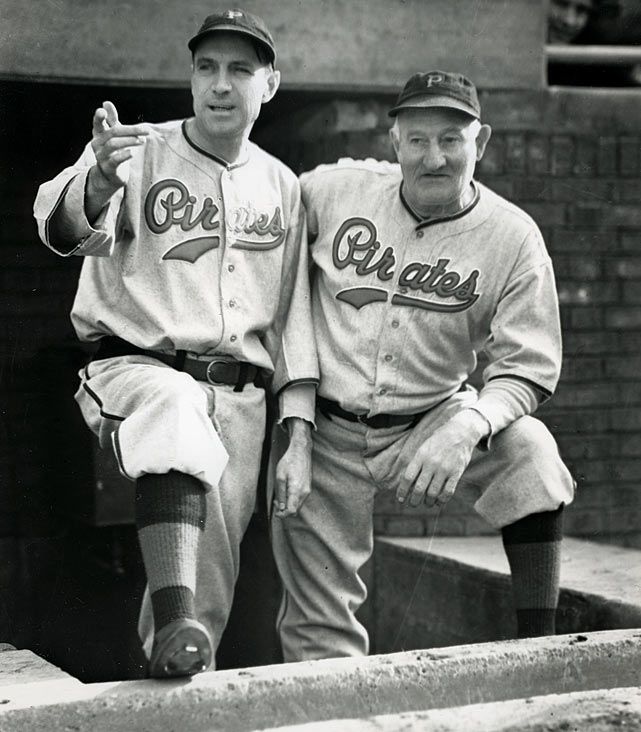
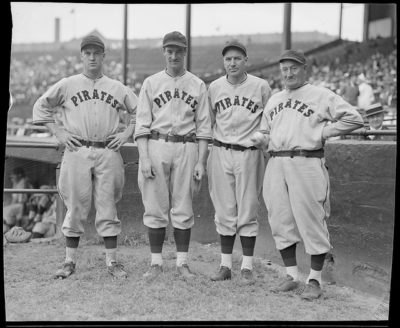
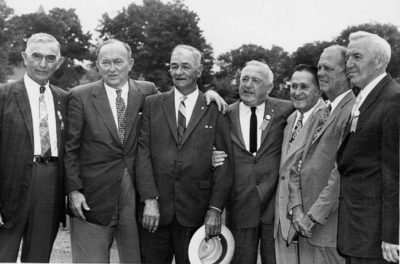
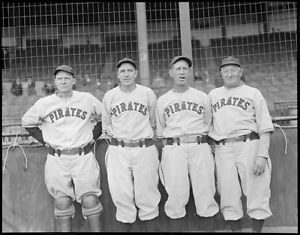
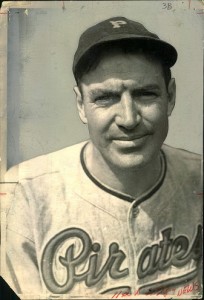
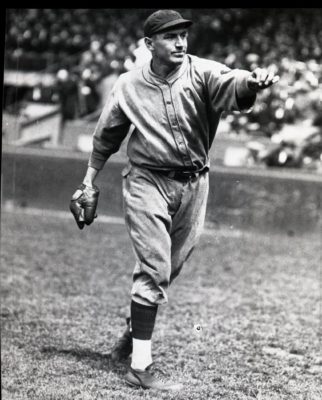
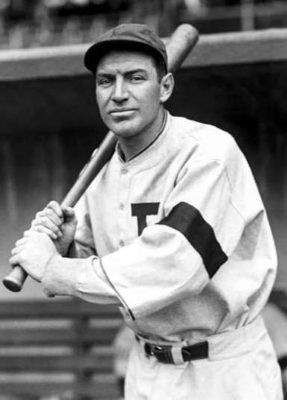
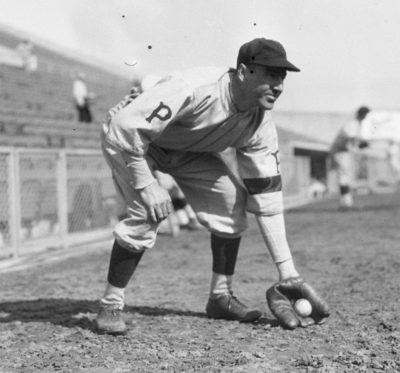
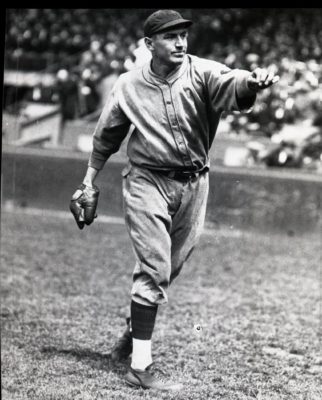
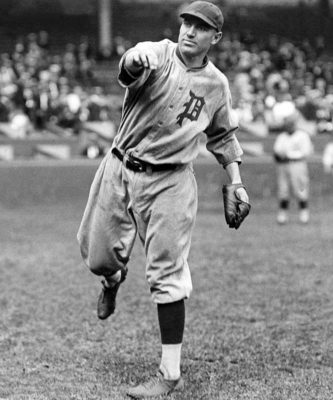
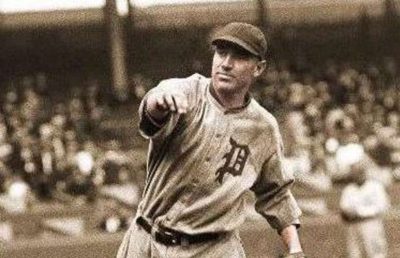
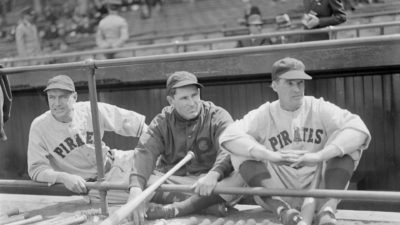
Also, he played his entire career with the Pi (rates).
Correction. Arch Ward, not Arch McDonald was the brains behind the idea of a baseball All-Star game.
Apologies for the mistake.
Don’t want to become “Arch” enemy to any baseball historian.
No prob…we’re still on good terms! i should have seen that the first time I read through. Did see it the second time.